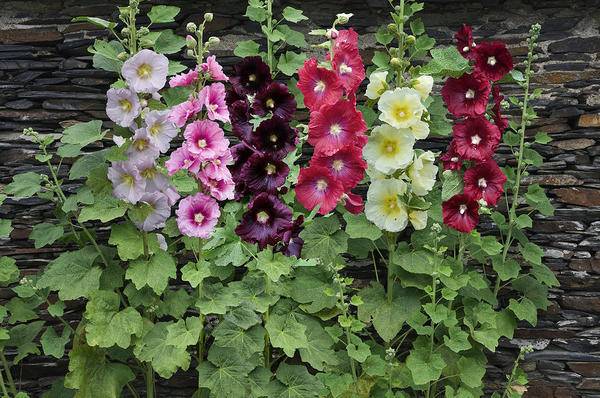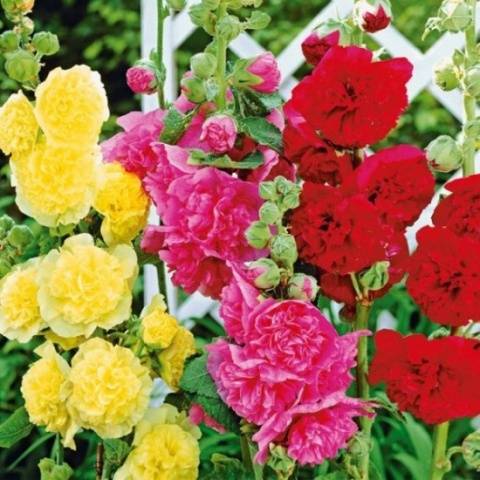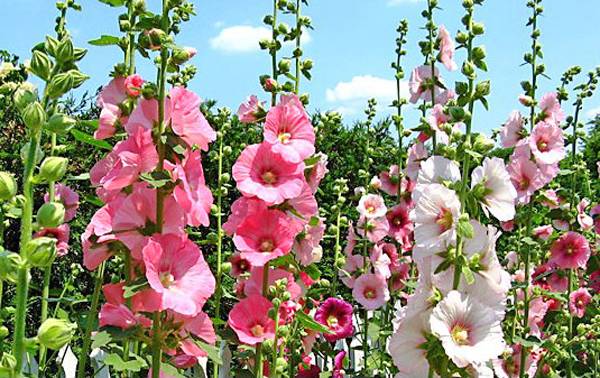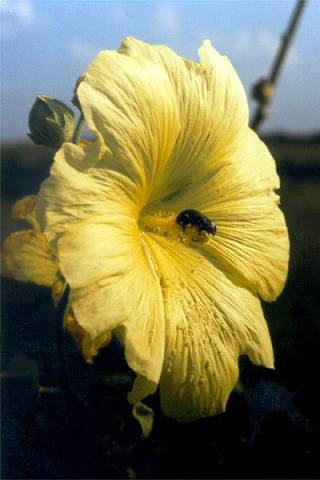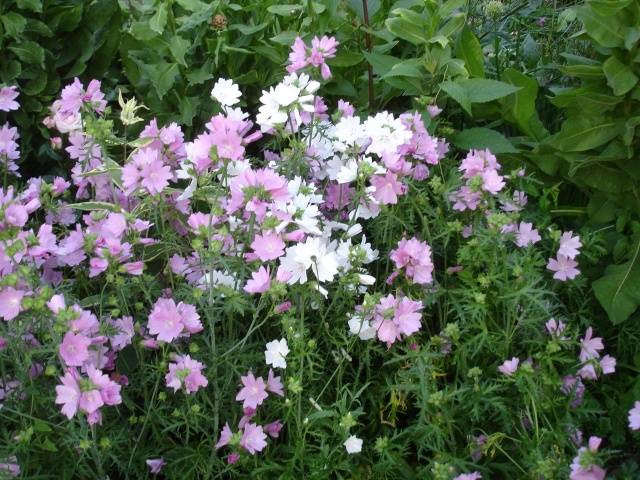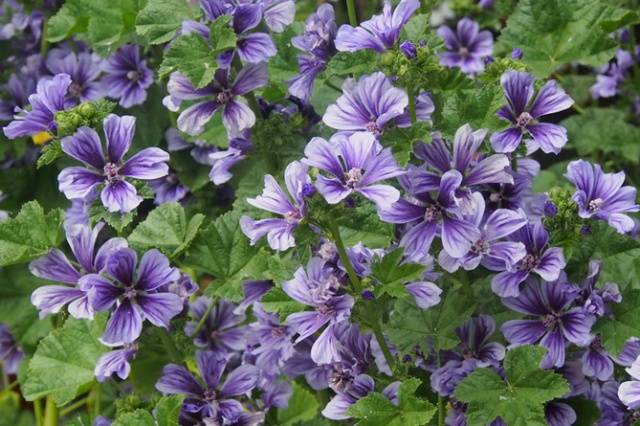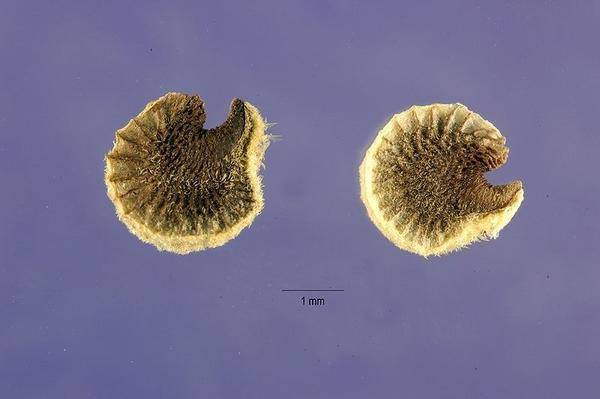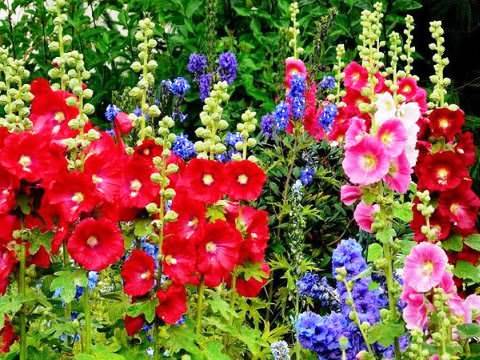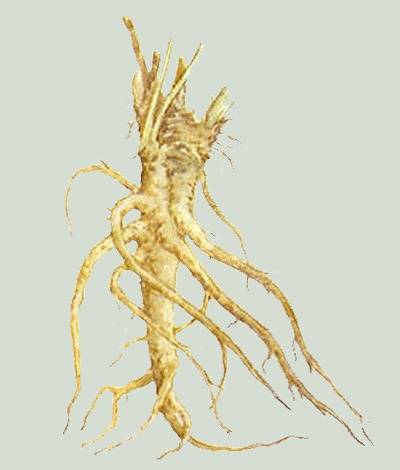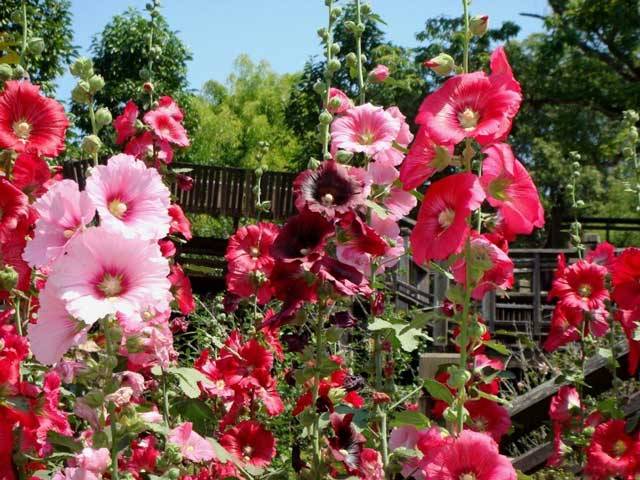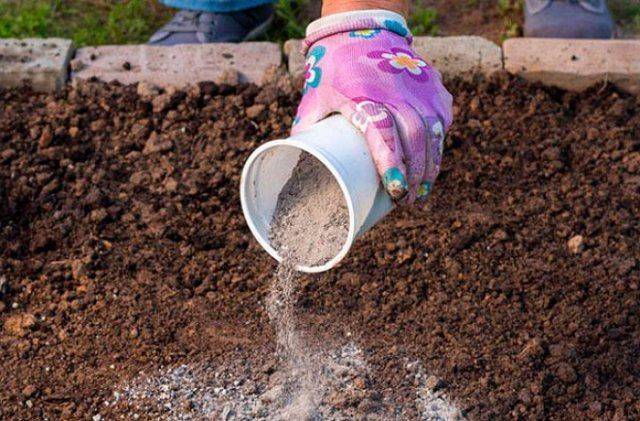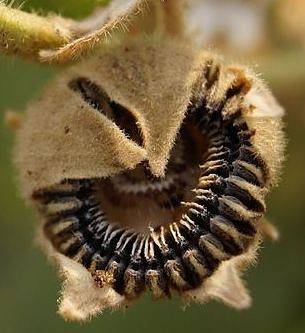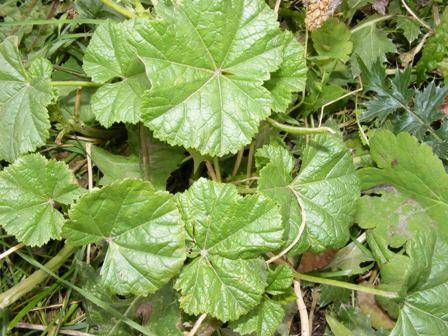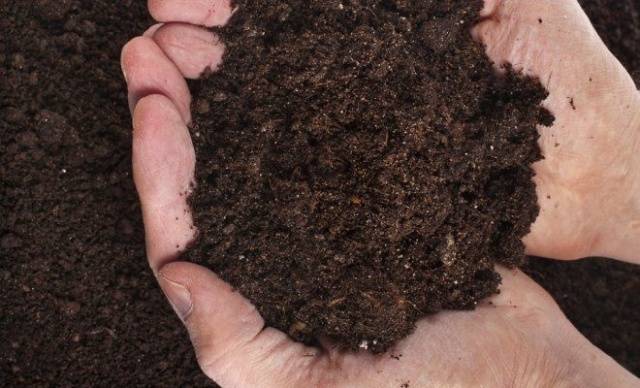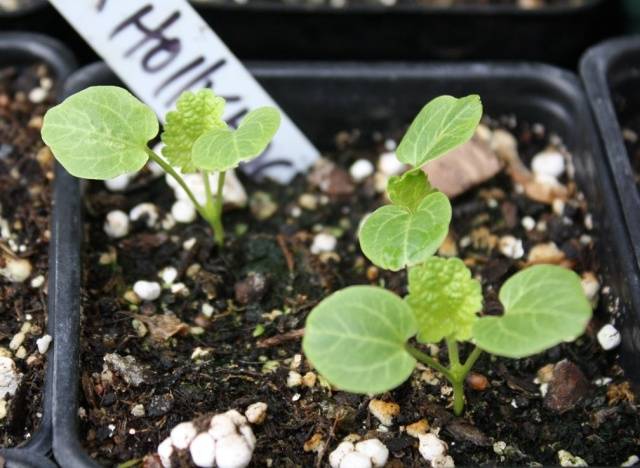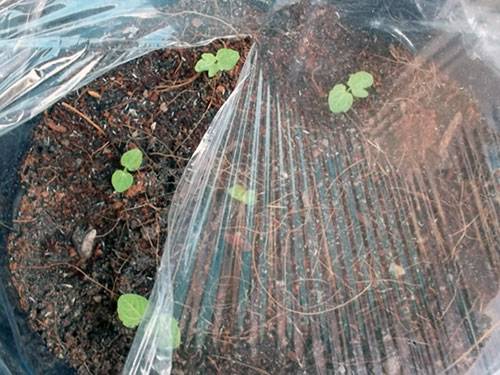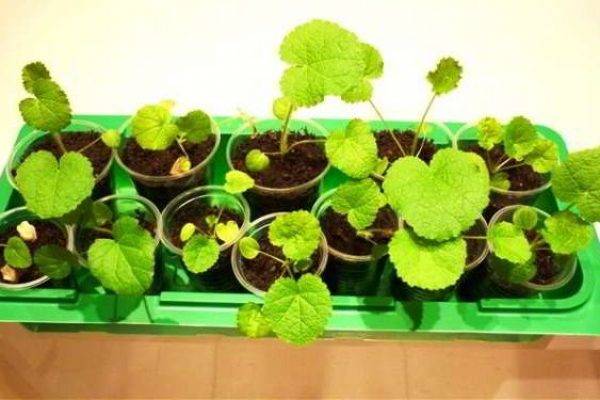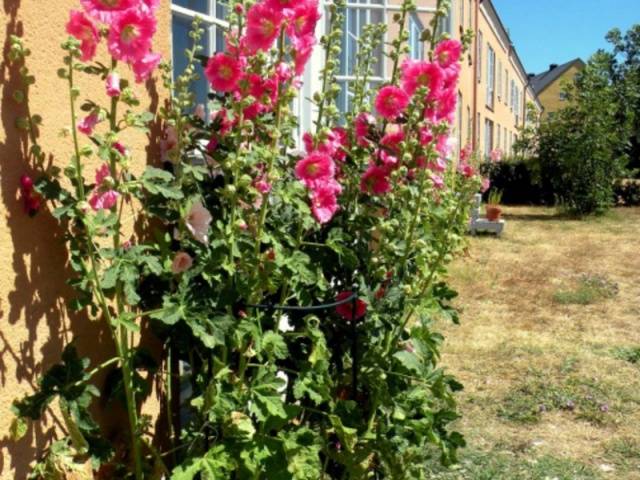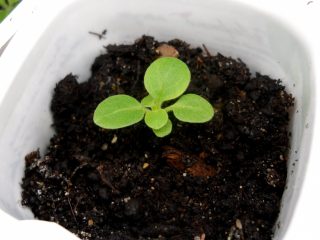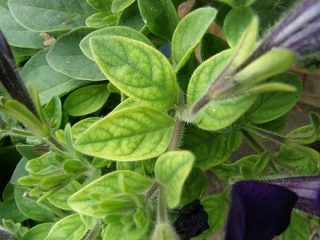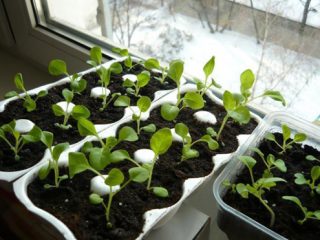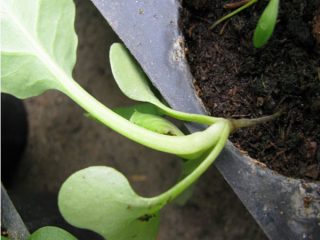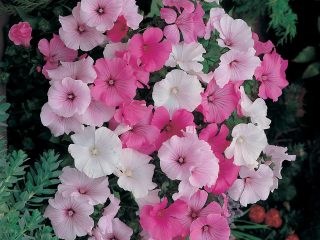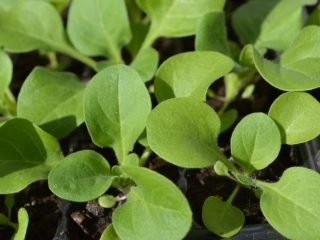Content
The plant we call mallow is actually called hollyhock and belongs to another genus of the mallow family. True mallows grow in the wild. The stockrose genus includes about 80 species, many of which are found only in garden culture.
Description of the plant
Mallows are native to central and Western Asia and are found wild in the Balkans and southern Russia. Numerous varieties and hybrids obtained by crossing wild species are grown in culture.
Their height ranges from the very small Majorette Mixed, which does not grow above 80 cm, to the giant Powder Puffs Mixed, whose height is 2 m. All mallows have erect stems, initially pubescent and then bare; one bush can produce up to 15 shoots. Characteristic of mallow are large alternate leaves with long petioles, also pubescent. Their shape is varied and can be rounded heart-shaped or have up to 7 lobes. Flowers numbering from 1 to 5 are formed in the axils of the leaves. They have a fused base and a split top. The diameter of the flower ranges from 5 to 15 cm.There are many interesting forms with double flowers. The color palette of mallows is very diverse and includes almost all colors and shades. Flowers are usually collected in a brush; there can be up to 150 of them.
For the most part, hollyhocks are perennials or biennials. There are much fewer annual plants among them.
Kinds
In nature, there are the following types of this charming flower:
- Pink mallow or common hollyhock (Álcea rósea). Despite the name, it has flowers of various colors: from white to dark cherry almost black. The flowers are large, bell-shaped, simple, up to 12 cm in diameter. The plant is tall, can grow up to 2 m. By nature it is a perennial. Flowering occurs in the second year. It can survive at the planting site for several years, but at the same time it runs wild.
- Wrinkled mallow (Alcea rugosa). It grows wild in the south of the Non-Black Earth Region, where it forms large thickets. It can grow in height from 80 cm to 120 cm. It blooms only with yellow flowers, their diameter is about 3 cm. It is rare in cultivation. Perennial.
- Musk mallow or nutmeg (Málva móschata). Low - up to 80 cm perennial, cultivated as a biennial. It blooms in the second year after sowing very profusely with white or pink fragrant flowers with a diameter of about 3 cm. It is unpretentious, can grow in partial shade, and reproduces well by self-sowing.
- Wood mallow (Malva sylvestris). A low plant - up to 1 m. Widely distributed in the wild. It can be either an annual, biennial or perennial. The flowers are small, up to 3 cm in diameter, in all shades of pink or purple. There is a garden form of forest mallow - zebrina.It is named so for the characteristic dark veins on the flowers. Not all plants of this species are frost-resistant, so they are most often grown as an annual crop.
Close relatives of mallow are very decorative Lavaters, sidalcea and malopa. Mallows reproduce by seeds, some terry varieties can be propagated by cuttings, rooting green cuttings. This plant is prone to self-seeding.
What do mallow seeds look like?
The seed pods are flat, round in shape, formed in the recesses of the sepals, and their color is grayish-brown. This is what mallow seeds look like in the photo.
At the beginning of seed ripening, the sepals turn yellow. The seed pods are picked and ripened indoors for a month. When fully ripe, they disintegrate into individual seeds.
Their germination persists for about 3 years; some gardeners have noticed that the seeds that have fallen into disuse have a higher germination rate. Mallows of different colors growing nearby are usually cross-pollinated, so their seeds will not repeat the parental characteristics, but the flowers themselves may turn out to be more decorative and have an original color. The terry nature of the flowers is not preserved when sown with seeds.
Seed propagation
This is the easiest and most common way to grow this beautiful flower. The timing of sowing depends only on whether the gardener is ready to wait for the whole season of mallow flowering or wants to please himself with its flowers already in the year of sowing.
Sowing in open ground
When sown in open ground in the first year, the plant grows a rosette of leaves; flowering is possible only in annual species.
Choosing a landing site
Mallow seeds are sown immediately in a permanent place, so you need to approach its choice carefully. Most species are tall.To prevent the wind from breaking the stems of plants, it is better to plant them next to a support: near a fence or a specially made pergola. For the same reason, the place should not be exposed to much wind.
For comfortable growth, mallow needs a well-lit place; only some species do not weaken their flowering in partial shading. But the flower is not very demanding on soil fertility - the long root allows it to receive nutrition from the lower layers of the soil.
Soil preparation
What requirements must the soil meet for planting mallow:
- It should be sufficiently moistened, but without stagnation of water.
- Loamy soil with sufficient humus content is best for planting. If it does not meet these requirements, it is improved: sand and humus are added to the clay, and humus or peat and clay are added to the sandy soil.
- The soil is dug up using the bayonet of a shovel, selecting the roots of weeds.
- When digging, add humus or well-ripened compost and wood ash.
Features of seed preparation
Experienced flower growers do not advise sowing mallow seeds immediately after harvesting, although in a flower garden it often reproduces independently with fresh seeds. After lying for one and a half to two years, they sprout better. During this time, the seed coat dries out a little. To wake up the seed and allow it to swell, it is recommended to soak the seeds in regular warm water for about 12 hours.
Sowing technology
Sow mallow at a distance of 50-70 cm from one plant to another. For low varieties it may be less.For sowing, make holes no deeper than 2-3 cm. Place 3 seeds in each at a distance of about 5 cm. Sprinkle them with a layer of soil, compact it a little with your hands, and water it. To prevent the seeds from dying in dry weather, keep the soil moist until seedlings emerge.
It takes 2 to 3 weeks for mallow to sprout. If all the sown seeds have sprouted, you can simply pull out the excess plants or transplant them to another place.
Selection of sowing dates
Mallow seeds can be sown in open ground in 2 periods - in spring and autumn. Plants planted in the spring will bloom the following year, just like those sown in the fall. The time for spring sowing is chosen so that the seedlings are not exposed to spring frosts - young plants are sensitive to them and may die. Usually this is mid or late May. Autumn planting is carried out in September.
When to plant mallow seeds for seedlings
Sowing seeds for seedlings is carried out if you want to get flowering plants of biennial species in the year of sowing. Typically, mallow is sown in February or March, so that the grown seedlings can be planted in the flower garden at the end of May or beginning of June. You can grow mallow in peat tablets; peat pots filled with soil of the following composition are also suitable:
- one part each of sand and humus;
- 2 parts of garden land.
2 seeds are sown in each container to a depth of about 2 cm. The containers are covered with film.To germinate seeds, it is enough to maintain a temperature of 20 degrees.
The photo shows the shoots of mallow sown as seedlings.
Excess plants need to be removed or transplanted into separate pots.
Conditions for keeping seedlings
Mallow seedlings do not have any special requirements and caring for them is easy.
- The main thing is the maximum amount of light. Without it, plants stretch and weaken. In February and early March they will need additional illumination with phytolamps.
- The temperature is about 20 degrees Celsius.
- Water if necessary. Plant feeding is not required.
The photo shows grown mallow seedlings, ready for transplanting.
Plant the plants in a previously prepared place without damaging the earthen ball.
The easiest way to reproduce
Typically, gardeners remove the mallow inflorescences when it has finished blooming. If you don’t want to sow in the ground or grow seedlings, you can leave a few flower stalks so that the seeds can be sown. Only the strongest plants will sprout in spring. They can be used by transplanting them to the right place as soon as they form a second true leaf. Such plants will bloom in the year of planting. This method is not suitable only for double flowers. Seedlings obtained as a result of self-seeding usually do not retain terry.
Conclusion
Mallow is a beautiful flower, indispensable when creating a garden in a landscape style. It will help decorate unsightly areas, serve as a tapeworm in a flowerbed or in a mixborder, as a background plant, and low species will decorate any flower garden with their long-lasting flowering.
